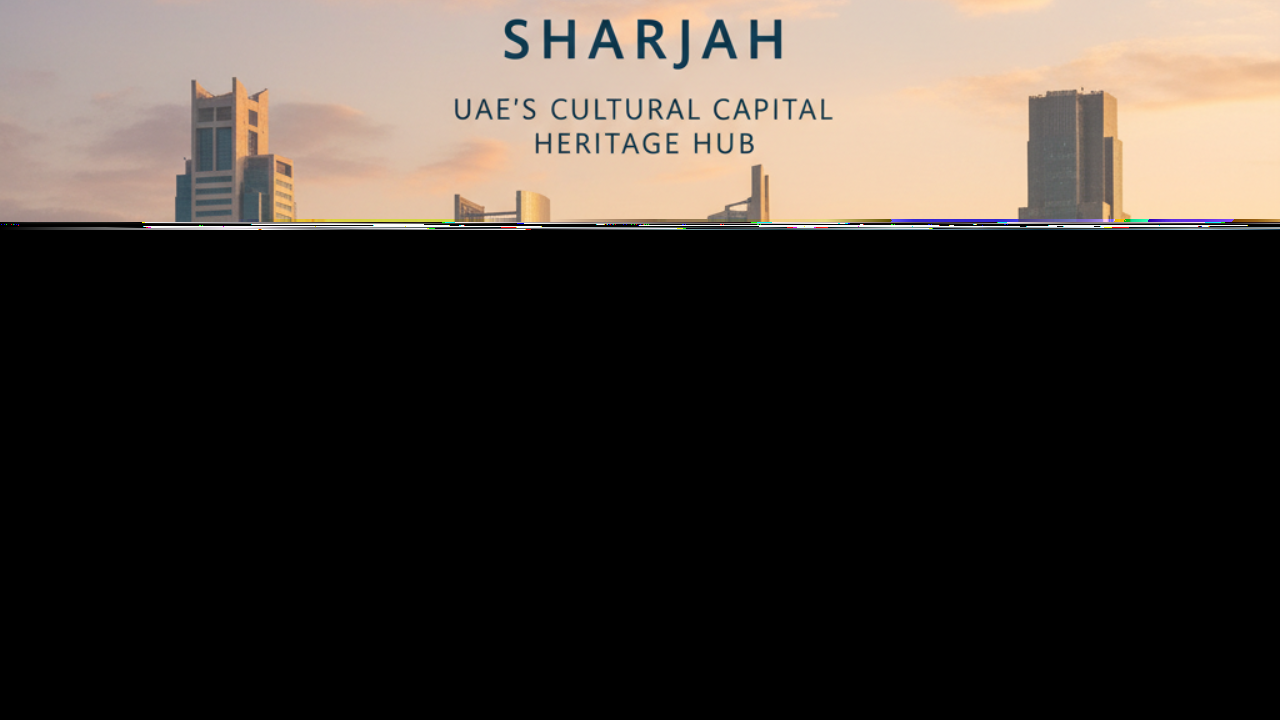
Post by : Naveen Mittal
Sharjah is widely known as the cultural soul of the UAE. Unlike its flashier neighbors, Sharjah has built its identity and global recognition not through sheer wealth but by investing in heritage, art, education, and community. Its role as the “cultural capital” is not just a title but a mission rooted in history, leadership, and deliberate preservation.
Sharjah’s human settlement stretches back thousands of years. Archaeological evidence shows that the area was inhabited in antiquity, and it later became a center of trade, fishing, date farming, and pearling. Sharjah’s strategic position on the Gulf coast placed it along trade routes linking Arabia, Persia, India, and East Africa. In the era before oil, commerce, maritime activity, and resourcefulness anchored its economy.
In the 18th century, the Al Qasimi family became the ruling dynasty. Under their leadership, Sharjah emerged as a maritime power, negotiating treaties, engaging in trade, and sometimes resisting foreign interference. Over centuries, Sharjah’s identity became intertwined with its role as a guardian of regional culture, Islamic scholarship, and historic continuity.
In 1972, Sheikh Sultan bin Muhammad Al Qasimi became ruler of Sharjah. His reign marked a shift: Sharjah would not just modernize, but do so on foundations of heritage. He championed museum development, heritage restoration, and initiatives to support arts, literature, crafts, and education.
Under his guidance, key moves included restoring old neighborhoods, protecting historic architecture, founding cultural institutions, and promoting Sharjah on regional and global cultural platforms. His approach has often been more bottom-up than spectacle-driven — nurturing artists, encouraging local creative communities, and preserving everyday heritage alongside elite landmarks.
Sharjah’s cultural commitment gained formal recognition in 1998 when it was named the Cultural Capital of the Arab World by UNESCO. That accolade reinforced its status as a hub for Arab heritage and arts across the region.
In 2014, Sharjah was declared Islamic Culture Capital, highlighting its role in preserving Islamic arts, scholarship, and heritage. Later, it earned the designation of UNESCO Creative City of Crafts & Folk Art, cementing its identity as a custodian of traditional practices and intangible heritage.
These recognitions are more than honorary — they have catalyzed funding, policies, and global partnerships focused on culture and heritage.
A core pillar in Sharjah’s cultural rise is its network of museums and heritage zones. The Sharjah Museums Authority oversees multiple museums covering archaeology, Islamic civilization, art, maritime heritage, and local history. The Sharjah Museum of Islamic Civilization houses thousands of artifacts — manuscripts, ceramics, scientific instruments, coins — tracing the breadth of Islamic scholarship and culture.
In Sharjah city’s original core lies the “Heart of Sharjah” heritage district, which includes restored traditional houses, wind-tower buildings, narrow alleys, artisan workshops, and historical structures like Bait Al Naboodah. This district is being carefully restored to showcase how urban life looked in past eras.
The Central Souq (Blue Souq) is a modern but heritage-inspired market with Islamic architectural character — 600+ shops and a design that weaves traditional motifs into a scale fitting a growing city.
Outside the city, Sharjah’s Al Faya (heritage village near Mleiha) is gaining international attention: archaeological work at Jebel Faya has revealed human presence from as long as 210,000 years ago. In 2025, Al Faya was inscribed as a UNESCO World Heritage site, marking its global importance.
Also, the restored village Najd Al Miqsar, perched above Khor Fakkan, echoes rural settlement life, with traditional houses, agricultural systems, and fortifications tied to Sharjah’s historical network of defense and community centers.
Sharjah’s identity is reinforced through living culture — not just buildings and museums. Annual festivals, heritage days, craft workshops, and art biennials draw local communities and visitors. Crafts like pottery, weaving, calligraphy, metalwork, and folk demonstrations are revived and taught. Institutions like the Sharjah Art Foundation and events such as the Sharjah Biennial play a dual role: they promote contemporary art while anchoring it in cultural dialogue rooted in local heritage.
Moreover, the emirate prioritizes preserving intangible heritage — stories, language, traditional skills, oral history — through educational programs and youth outreach. This ensures heritage is alive, not fossilized.
Balanced modernization: Sharjah has managed to grow, modernize, and invest in infrastructure without erasing heritage.
Cultural depth over spectacle: Instead of flashy architectural icons alone, Sharjah builds on substance — museums, craft houses, heritage zones.
Grassroots empowerment: By engaging local artisans, youth, and communities, Sharjah ensures that culture is lived and felt, not just displayed.
Strategic, long-term policies: Cultural designations, legal frameworks, and institutional support help maintain continuity over decades.
Because of these, Sharjah is often contrasted with Dubai’s glamor and Abu Dhabi’s flagship museum culture — it is the steady, rooted heart of Emirati heritage.
Disclaimer:
This article is intended for cultural insight and general understanding. It is based on publicly available information and research as of 2025. Some historical interpretations, project statuses, or institutional details may evolve over time.
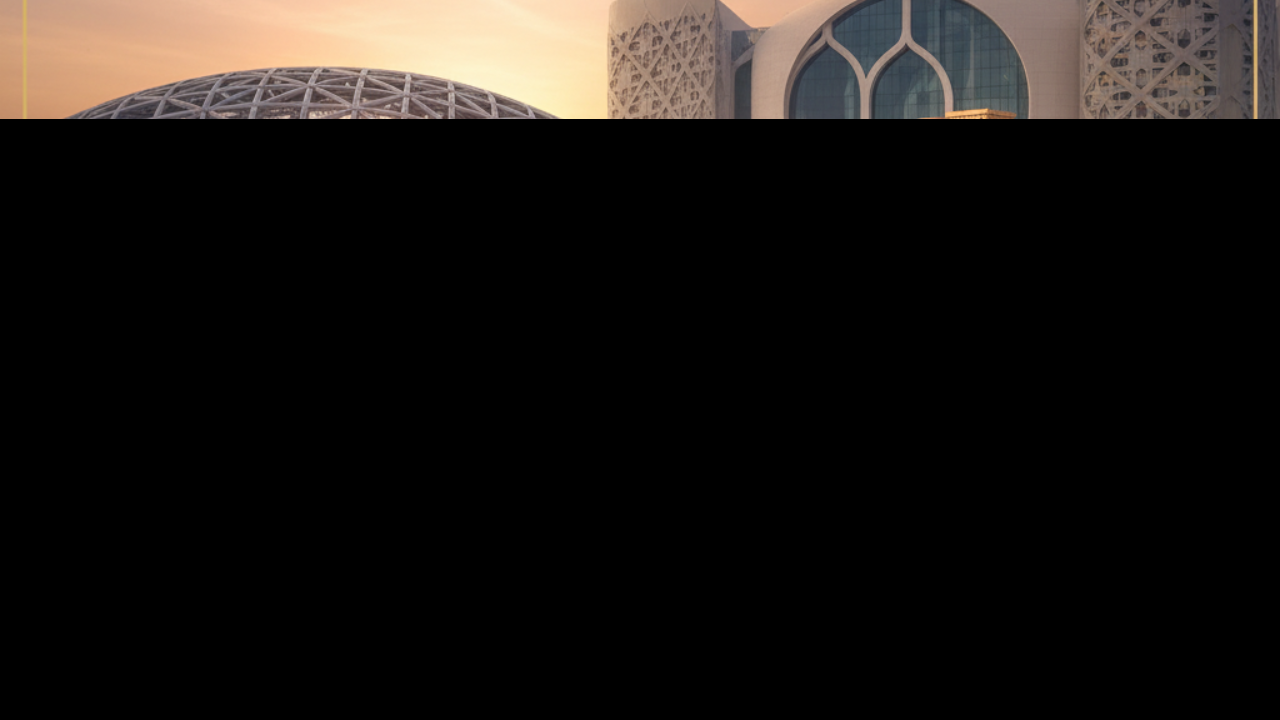
Where Time Speaks: UAE’s Premier Museums & Archives to Visit
Explore UAE’s top national museums and archives — from Al Ain to Sharjah to Dubai — where history, c

From Pearling Paths to Diplomatic Bridges: UAE in Gulf History
Explore how the UAE shaped the Gulf through ancient trade, regional diplomacy, and commitment to Gul

How Sharjah Became the UAE’s Cultural Heart — A Story of Vision & Heritage
Explore how Sharjah earned its title as UAE’s heritage hub — from Qasimi patronage to UNESCO honours
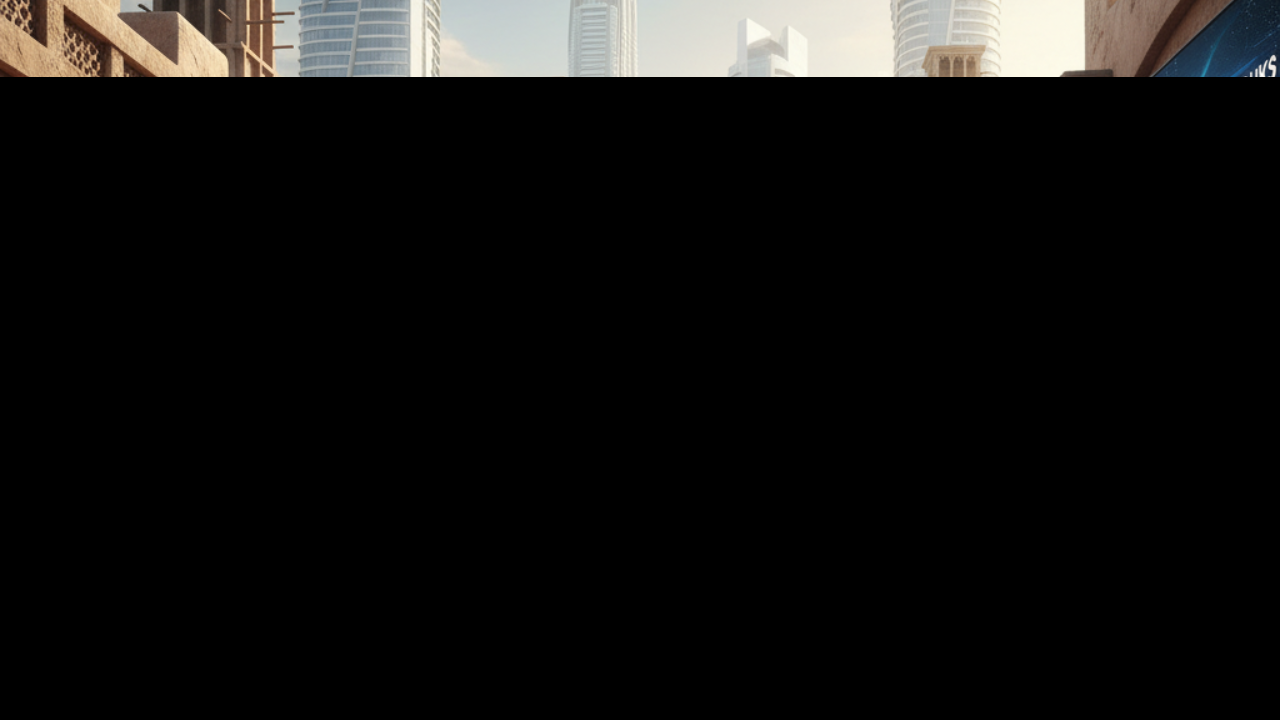
Walking Through Time: How Souks & Old Towns Keep UAE Heritage Alive
Discover the UAE’s timeless charm — explore historic souks, restored old towns, heritage districts a
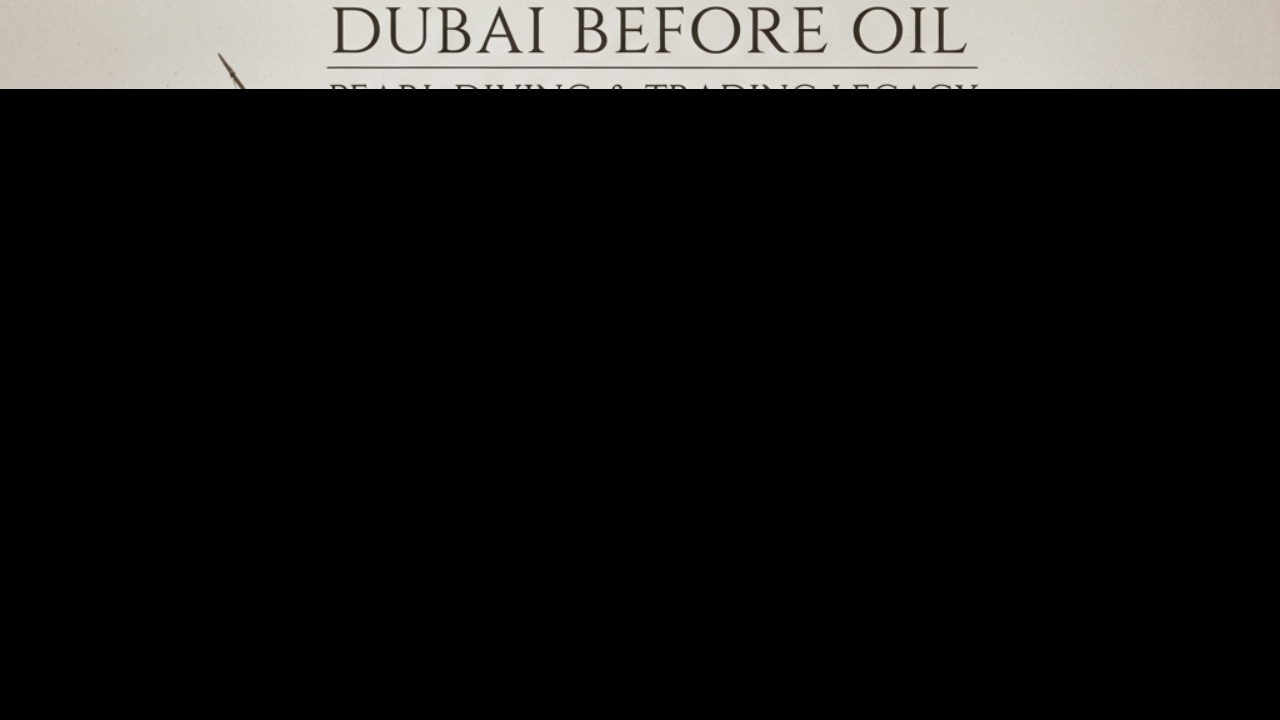
From Depths to Dhow: How Pearl Diving Forged Dubai’s Early Identity
Explore Dubai’s pre-oil era: how pearl diving, dhow trade, and coastal life shaped its culture, econ
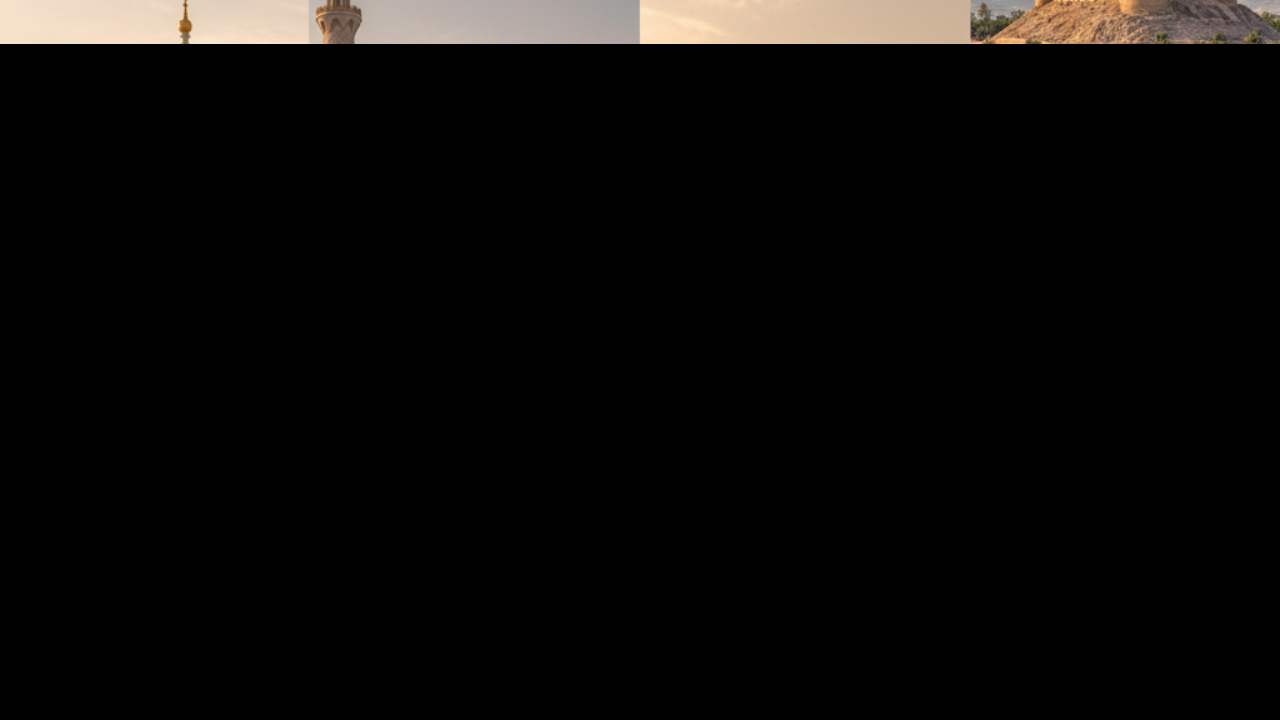
From Ancient Forts to Heritage Villages: Unmissable Historic Sites Across the UAE
Explore UAE’s top historic landmarks — forts, mosques, archaeological parks, heritage villages & mor

The Black Golden Moment: How Oil Changed the Fate of the Emirates
From desert sheikhdoms to global powerhouse: discover how the UAE’s oil discovery reshaped its econo

Effective Ways to Reduce Joint Pain and Stiffness This Winter
Learn simple ways to reduce joint pain and stiffness this winter with warmth exercises diet tips and
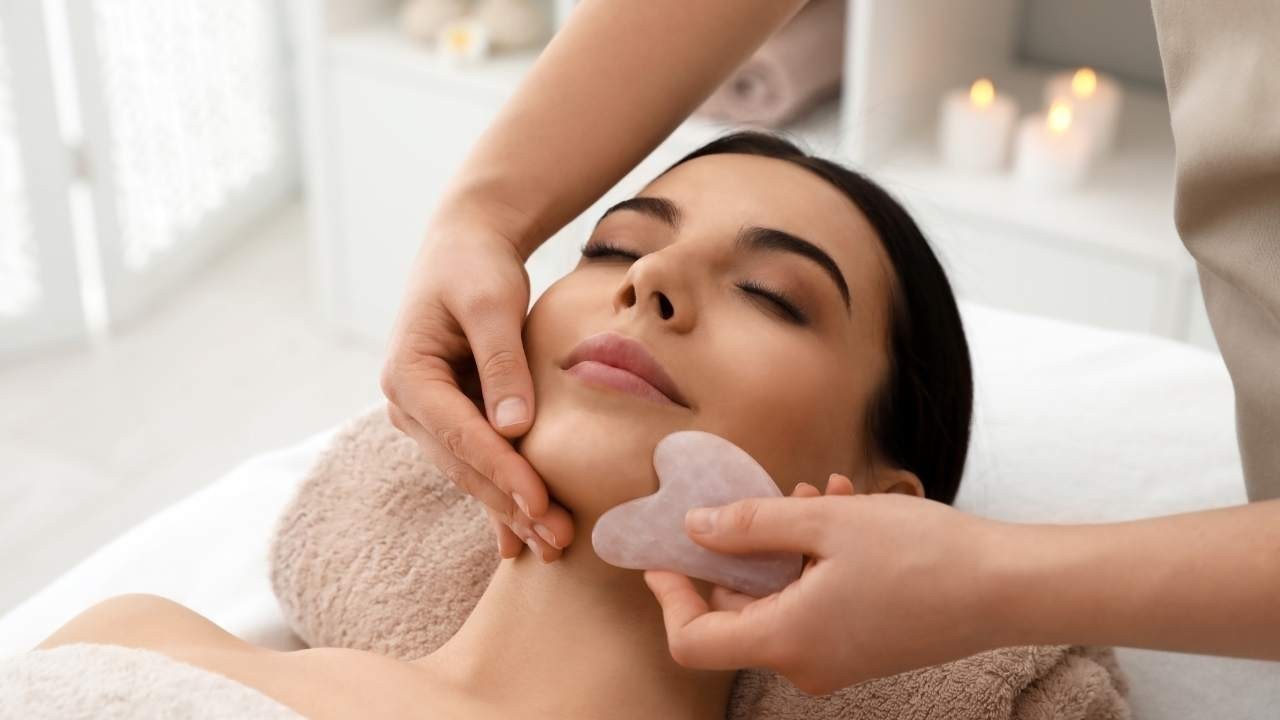
Facial Sculpting and Non Invasive Techniques Safe Beauty Trends for the Future
Explore facial sculpting and non invasive techniques shaping beauty care Safe affordable and natural

Body Positivity Embracing Self Love Confidence & True Beauty
Celebrate body positivity embrace self love reject false beauty ideals and discover confidence at ev

Skin Microbiome Secrets to Healthy and Balanced Skin
Explore the skin microbiome its role in skin health and simple ways to keep your skin balanced healt
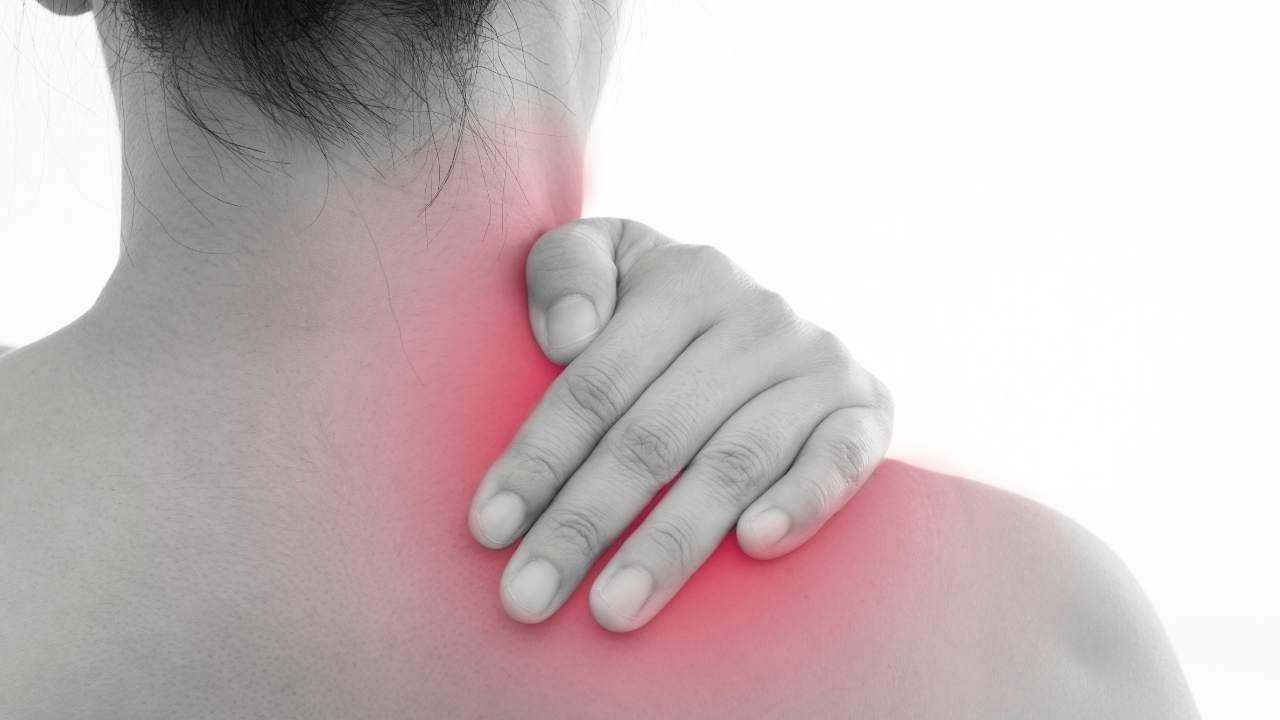
Sarcopenia How Aging Steals Muscle and Ways to Stay Strong
Discover sarcopenia the silent muscle loss with age its signs causes and simple ways to stay strong

Cultural Appropriation vs Appreciation Respecting Global Traditions
Learn the difference between cultural appropriation and appreciation to respect traditions and celeb

Uniform and Rebellion How Personal Identity Thrives Within Rules
Explore how uniforms shape identity and spark subtle rebellion blending conformity with personal exp
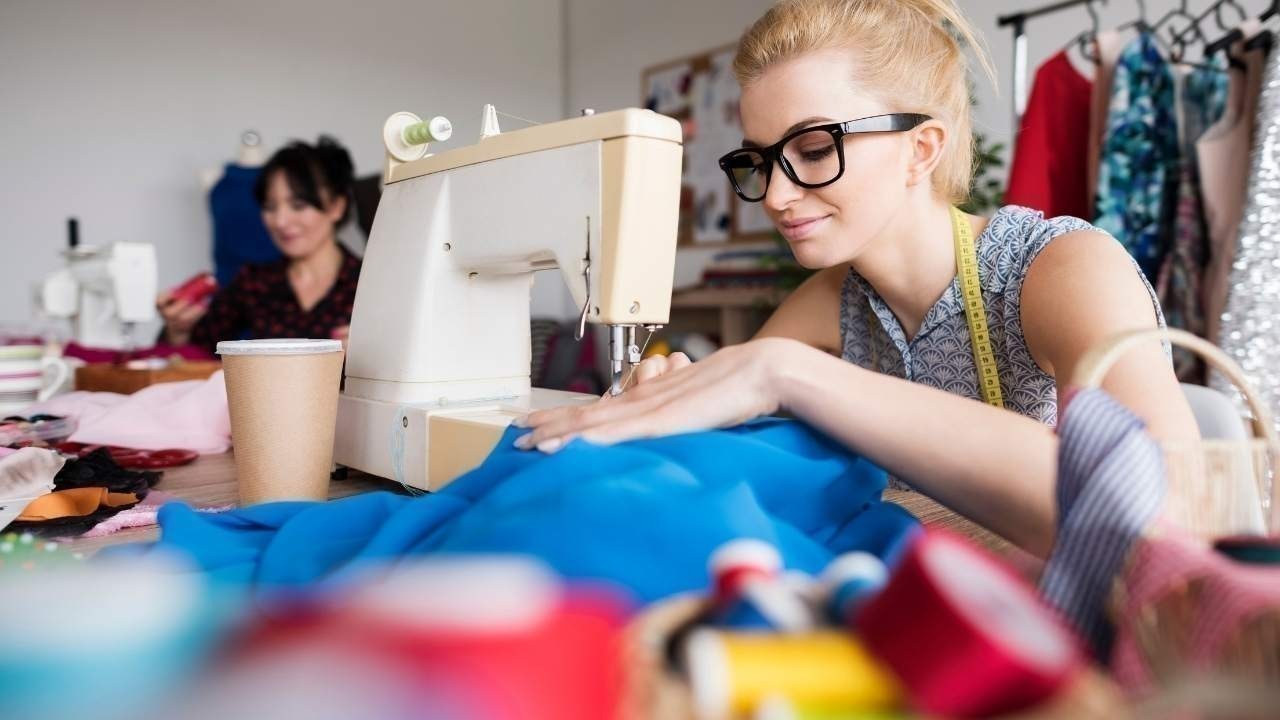
The Unseen Labor Behind Fashion Inside the Secret Stitch
Discover the hidden world of fashion labor and the secret stitch behind every garment Honor the hand